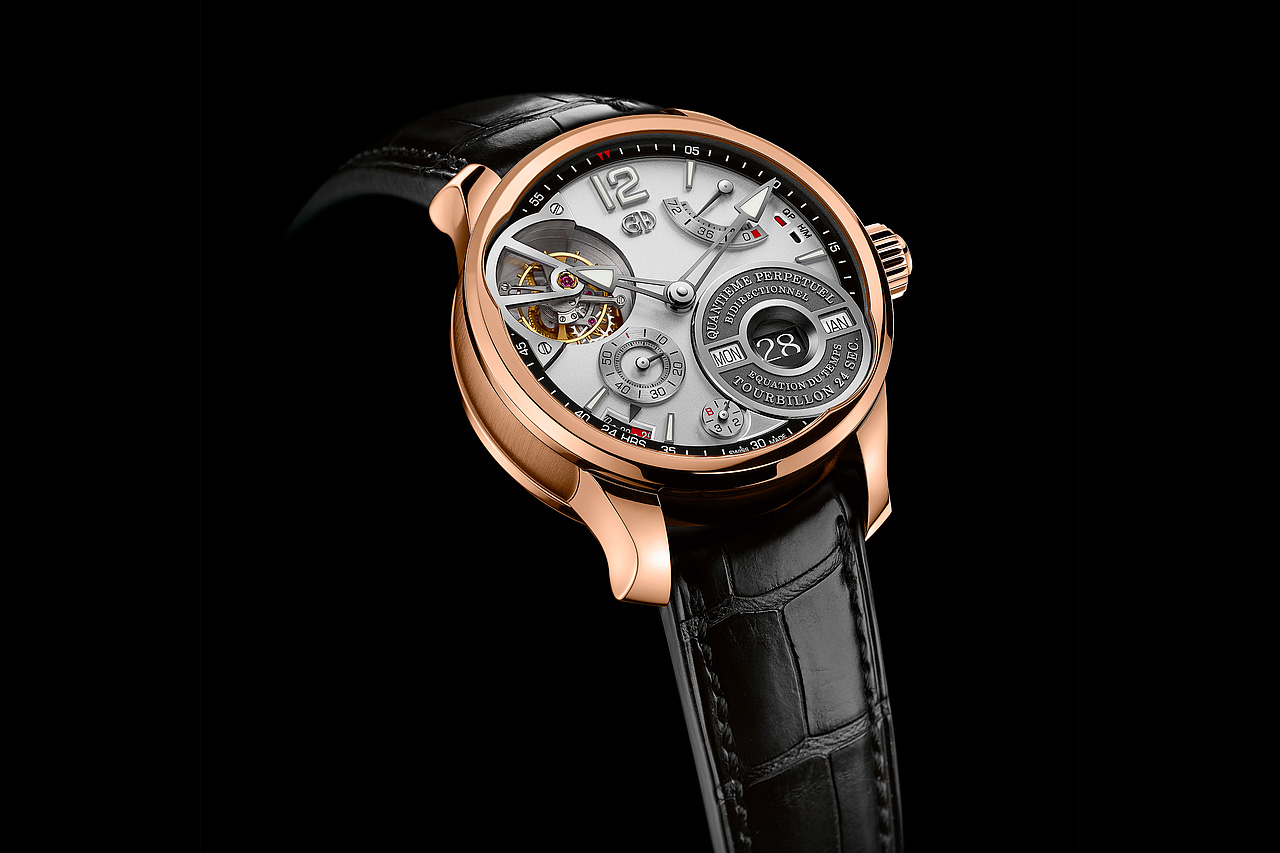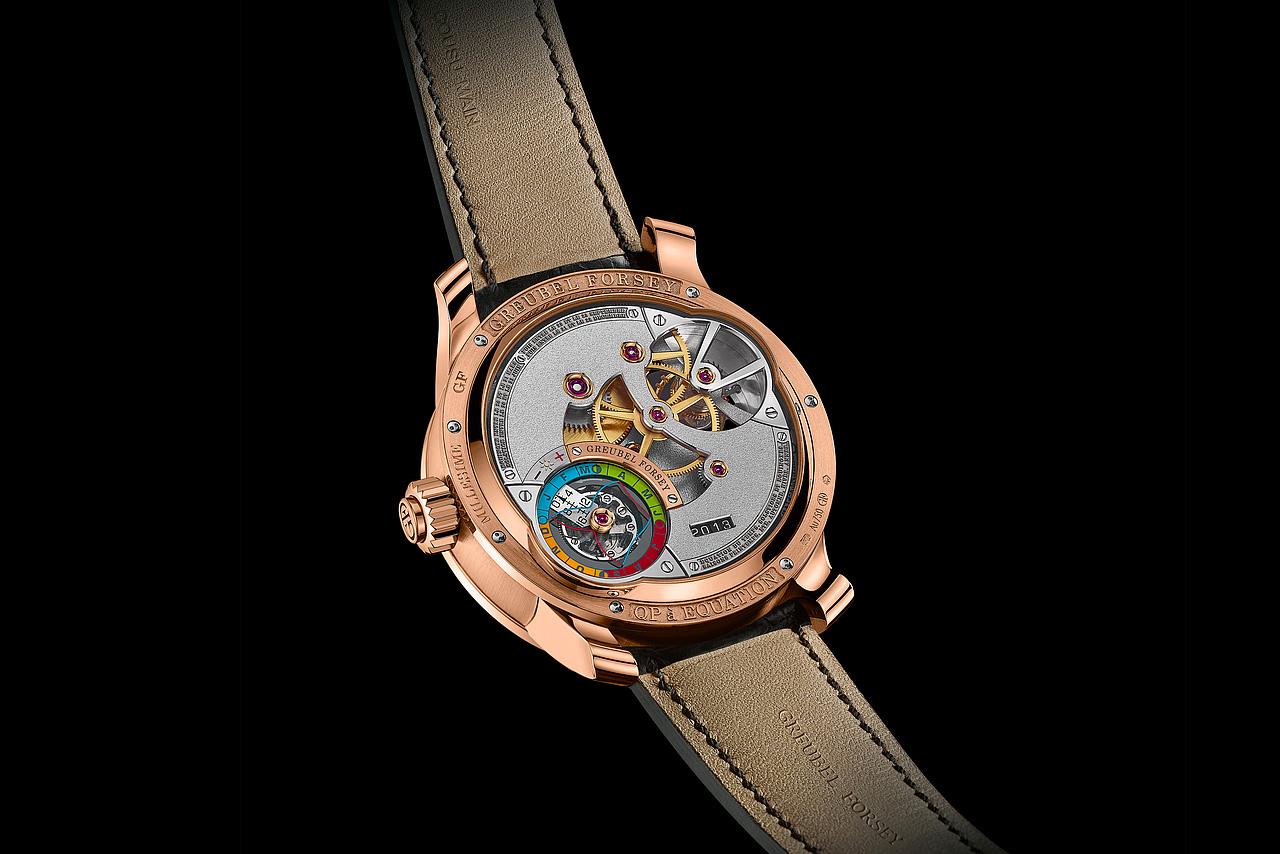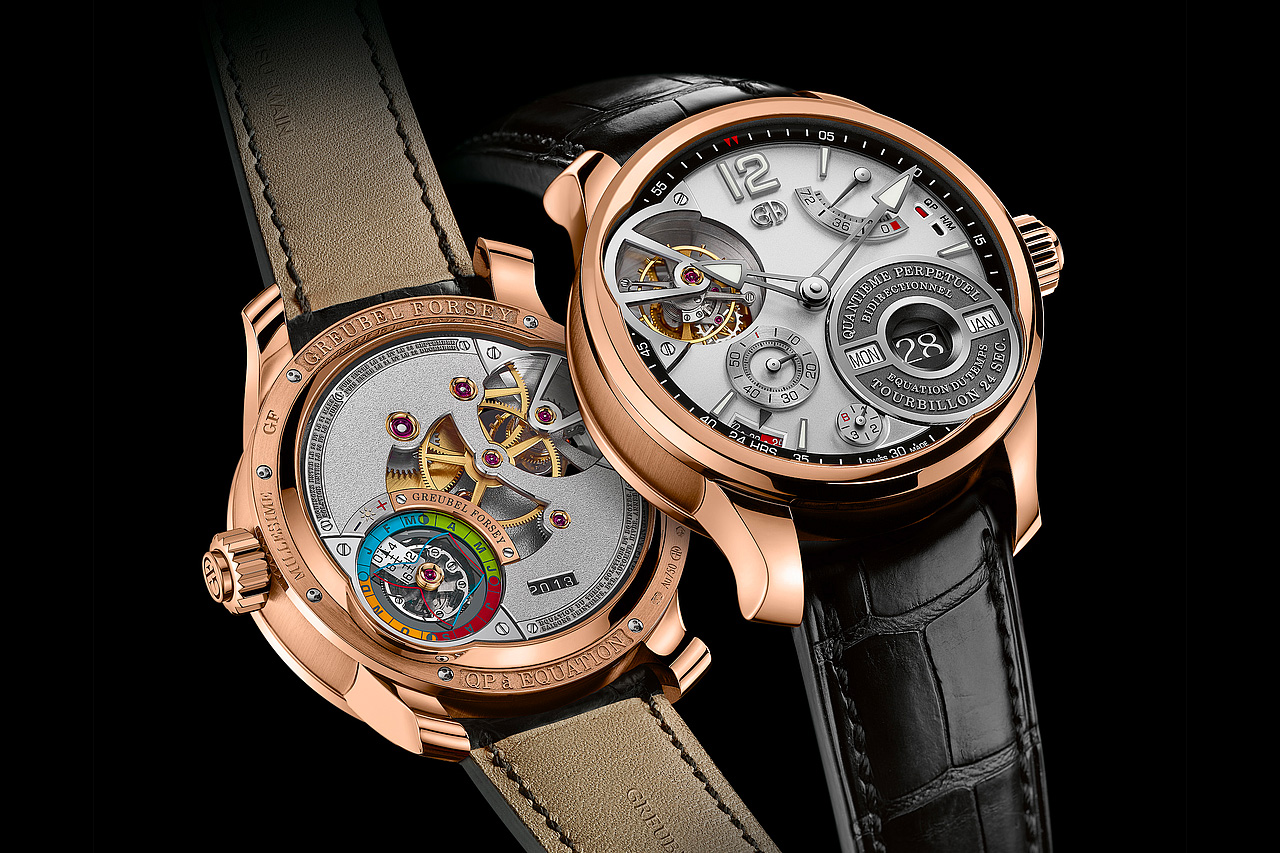Spring Equinox has come and gone – March 19th in case you didn’t know, and since most of us could not celebrate it properly – lockdown and all – Greubel Forsey has saved the day by announcing the Ultra-complicated QP à Équation Millésimé. This new watch boasts of my favorite complications, perpetual calendar along with tourbillon and equation of time functions.
I had recently done a compilation of Key Watch Terms that everyone should know, however, I failed to include the equation of time function. Simply put, the equation of time is the difference between apparent solar time and mean solar time. Thanks to the Earth’s elliptical orbit, time duration varies day to day, and this is evident when we use sundials, hence we have the Apparent solar time. This time is also influenced by the longitude of the point of observation (Northern or Southern hemisphere).
With Mean solar time, the watch basically disregards the variations seen in every day of the year. Hence, time is mathematically divided into 24 equal hours. In reality, the Apparent solar time can have a gap and move faster by 16 minutes 33 seconds – around November 3rd or slower around February 12th and by as much as much as 14 minutes 6 seconds.
The Spring and Fall Equinoxes signify equal day and equal night and this is when Mean and Apparent time are equal.
The Joy in the Functions

Although it sounds very complicated, Greubel Forsey have insured that it’s easy for you use the watch. Easy to adjust, this is a three-hand watch where the perpetual calendar and equation of time display are easy to set. The Greubel Forsey team had to create a ‘Mechanical Computer’, to tackle the technical challenge.
The watch features a bi-directional crown, and a push-button selector located at the end of the crown. The dial indicator lets you know which mode the watch is in, as it toggles from time and perpetual calendar setting mode. This makes the setting of these two functions very easy.
Based on the date given by the integrated perpetual calendar, the equation of time automatically sets. What really impresses me about this complication, is the way Greubel Forsey has packaged the whole deal. The equation of time showcases the difference between apparent and mean time, and this can be viewed on the multi-color caseback indicator. You also get to know the month, season, equinoxes, and solstices.
To work this whole complication out with ease, Greubel Forsey designed “A stack of cams with movable fingers shift the indications on the dial and caseback of the timepiece and the complete mechanism is fully integrated within the movement. The month’s cam changes the month, displayed in a window on the front and also moves the Equation of Time disc on the back. The years’ cam controls the leap year indication on the front and also the millesime and seasons on the back. The development of this coding device not only overturns the conventional way of setting the indications but also displays them simultaneously on both dial and caseback.”
The technically advanced watch

In many ways, this watch is most technically advanced timepieces. To read the time, you simply glance at the centrally mounted hands, which indicate the hours and minutes. The subdial at 8 o’clock showcases the small seconds and the 24-seconds tourbillon is seen at the spot between the 9 and 11 o’clock.
The perpetual calendar is featured right on the front, showing day, big date, and month in a single subdial, which is located between 4 and 5 o’clock space. The leap year indicator is adjacent to this. The watch also houses the 24-hour day-night indicator and can be seen via a small aperture along the peripheral of the dial. This is located at the space between 7 and 8 o’clock. On the dial side you also have the 72-hour power reserve display.
To locate the “millesime” function (which is a year disc), you will need to turn the watch around. The soul of this watch or the mechanical computer, is the ultra-complicated Equation of Time display. like I explained earlier, it indicates the difference between apparent solar and mean time – from 0-16 minutes, the months are indicated in letters and the seasons are represented in colors.
I like the way the equinoxes are semi-circles and the solstices are circles. The movement under the dial measures 36.40 mm x 9.60 mm and the case measures 43.50 mm x 16 mm; the dial comes in a rich chocolate-color and look perfect with the matching 18K red gold hands, markers, and case.
Check out the Greubel Forsey for pricing and other details.



